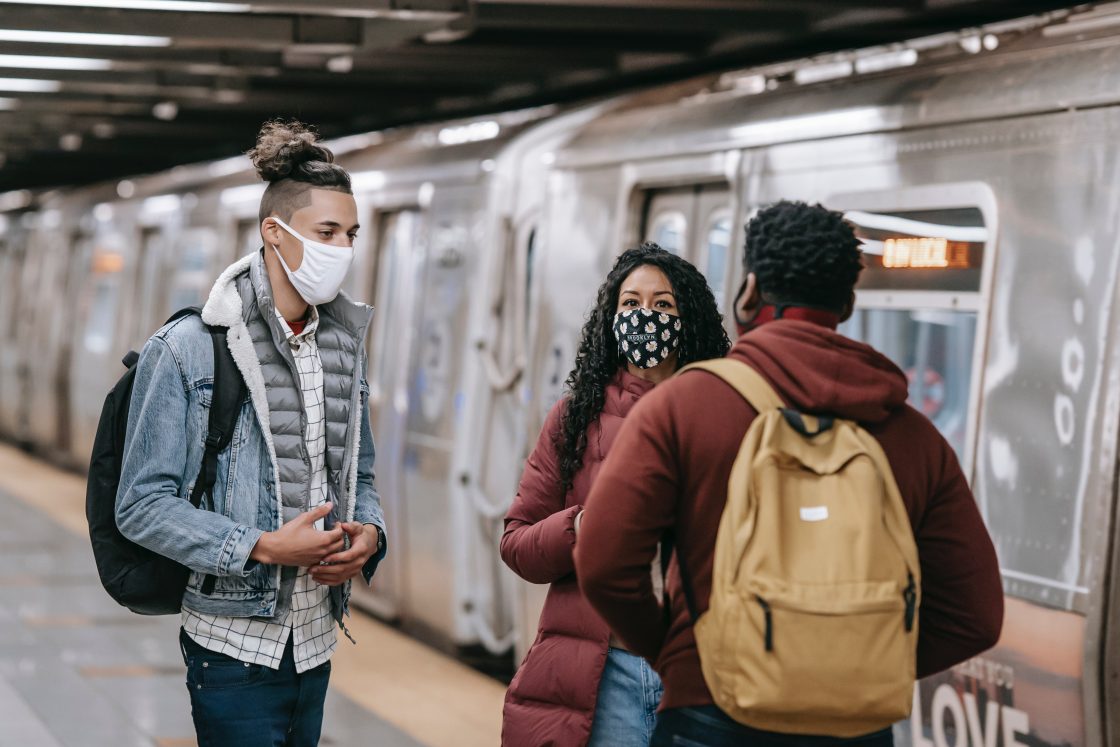Experts notice more people bare-faced in public spaces week over week — and, with COVID continuing to circulate, that’s not a good thing.
Original author: Ritika Dubey The Hamilton Spectator
Published: June 6, 2022
Source: thespec.com
If you’ve noticed fewer people masking up these days, you’re not alone.
With each week that has passed since the provincial mandate was dropped in March, experts have also observed more bare-faced people in public spaces, despite the continued spread of the Omicron variant.
Why?
Dr. Fahad Razak, scientific director of Ontario’s COVID-19 Science Advisory Table, said “fatigue from the pandemic” and the “desire to move past it” are among the reasons.
“With the relaxation of the requirements for wearing masks, it’s a signal to the public that the roles of masks have changed and I think people will interpret that in various ways,” he said — including that it’s safe to go without.
Some people will do “exactly what’s recommended” while others “will go further.”
The provincial government had adopted a personal risk assessment approach as opposed to extending the mandate, putting the onus on individuals to determine when to mask up — or not.
The mandate still in place for some public spaces, including transit, health-care settings, and retirement and long-term-care homes, is set to expire June 11.
With fewer people wearing masks in public, Dr. Catherine Clase, an epidemiologist at St. Joseph’s Healthcare Hamilton, said “it’s unfair” that people with comorbidities or disabilities have to decide between participation or their personal safety.
Razak also warned the number of infected people is still high in Ontario (there were 722 COVID-related hospitalizations reported in the province on June 1), although the effects of the sixth wave are “clearly receding.”
“Pandemic isn’t yet over,” Razak said. “I understand the fatigue for people and the desire for it to be over but the Omicron wave has shown us how consequential the pandemic is still for society, for our lives.”
As the remaining mandates are dropped, Razak emphasized, “individuals still have to consider the risk for (themselves) and for those around them.”
However, he acknowledged that it has been challenging to make that call as Omicron and its sub-variants “are more infectious than anything we’ve seen at this point, at any point during the pandemic.”
Dr. Amit Arya, assistant clinical professor at McMaster University, told The Spectator, “the public health authorities have not shared with the general public … accurate information on how to do a risk assessment.”
He added that making mask-wearing a matter of individual judgment would disproportionately affect those most vulnerable to the impacts of COVID, “when thinking about this from the lens of socioeconomic equities.”
Razak says he plans to continue wearing masks in public because he was recently infected with COVID and knows firsthand how unpleasant it was to have even a mild case and how it negatively affected his work and home life.
“If I could have avoided it, I would have,” he said, adding masks are “clearly an additional layer of protection.”
He also said factors, such as whether you’re older, have an underlying health condition, or live with a vulnerable family member, should play a role in a person’s individual risk calculation.
Experts are also worried about the effects of long COVID and encourage people to wear masks, regardless of their susceptibility.
“Masking specifically works best when it’s bidirectional,” Arya said.
Arya, who also serves as a lead palliative care physician at Kensington Health, said he has been attending to vaccinated patients, who recovered from COVID but are “left in a completely different state of health.”
“Even though COVID-19 … was not the direct cause of death, it still contributed to suffering. It shortened life expectancy and significantly had a negative impact on quality of life,” he said.
A report by the U.S. Centers for Disease Control and Prevention suggests that one in five adults aged 18 and over have developed health conditions potentially related to a previous COVID infection, while seven to nine per cent of triple-vaccinated COVID survivors suffered from long COVID.
“It’s not ‘no cost’ to masks, but it’s low cost compared with the things that happen otherwise when transmission rates rise,” Clase, the St. Joe’s epidemiologist, emphasized.

